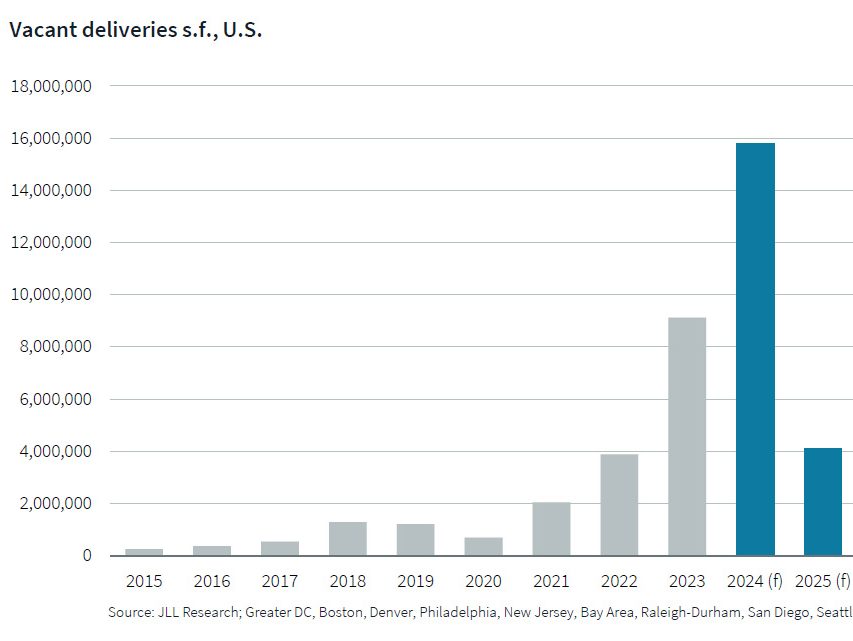JLL: Corporate Occupiers Can Take Advantage of Surplus Space
Jones Lang LaSalle has a message for real estate industry players: Take a breath. The company’s North American Occupier Report for the fourth quarter 2009 shows that there are at least indications of a tentative recovery afoot – and for the recession-wounded, that is at least some good news.
February 24, 2010
By Allison Landa, News Editor
Jones Lang LaSalle has a message for real estate industry players: Take a breath. The company’s North American Occupier Report for the fourth quarter 2009 shows that there are at least indications of a tentative recovery afoot – and for the recession-wounded, that is at least some good news.
“Government intervention and stimulus have created a fragile and uneven economic recovery,” the report asserts, noting that the gross domestic product grew in the third quarter of 2009, marking a technical end to the recession. Meanwhile, it added, private inventory expansion fueled a bigger than expected GDP gain, an annualized rate of 5.7 percent.
However, the report also says that stimulus funds are behind much of this expansion. “While these signs of economic recovery are positive news, most of the growth to date can be attributed to government spending and incentives,” it warns, adding that nearly $165 billion of the $787 billion American Recovery and Reinvestment Act has been paid out, with approximately two-thirds outstanding. “As funding begins to fade out towards the end of 2010, consumers and businesses will be tasked with driving sustainable economic expansion. … This is not an easy task.”
For corporate occupiers, this often meant lease renewals rather than costly relocations. That said, high vacancy, significant sublease stock, and unleased new construction will present a variety of office-space options, with companies on solid financial ground poised to upgrade the quality of their space at attractive lease terms – meaning that there is a significant silver lining to the recession.
“Virtually every market across the U.S. is highly tenant favorable and there is no better time for corporate occupiers to evaluate the real estate benefits that can be achieved by relocating to new office space,” the report claims.
With the U.S. vacancy rate at 18.3 percent, would-be tenants have plenty of space from which to choose. Suburban occupiers have a particularly bountiful crop as Class A suburban properties have been significantly affected by the recession, resulting in a total vacancy rate of 22.3 percent. Hardest-hit markets include West Palm Beach, Detroit, Northern New Jersey and Tampa, while Baltimore and Pittsburgh both experienced occupancy gains courtesy of government demand and energy sector growth, respectively.
Effective lease rates will also continue to lag, dragged down by rent reductions and landlord concessions. CBD assets recorded average rent cuts of 15.4 percent in 2009, with suburban properties less hard-hit at 5.3 percent. The report says that incentives “skyrocketed” in 2009, with corporate occupiers who were willing to relocate benefiting from sizable rent abatement and generous improvement allowances.
“While affordable lease deals exist for most occupiers, financially sound high credit tenants have the most leverage to lock-in advantageous rent terms for the long haul,” the report reads.








You must be logged in to post a comment.